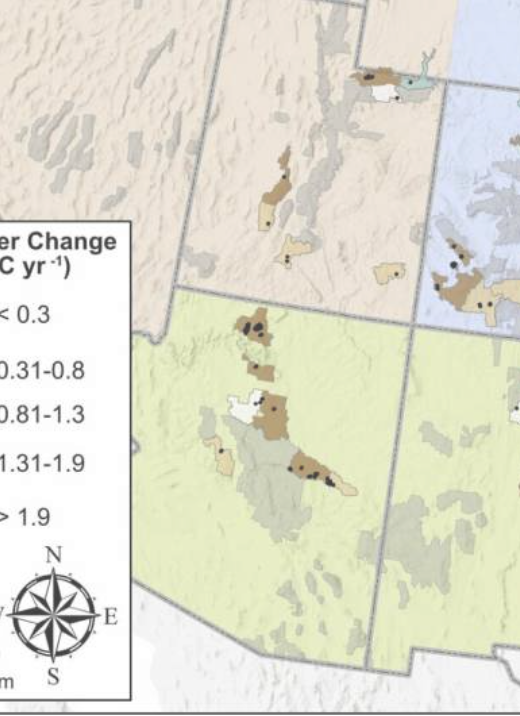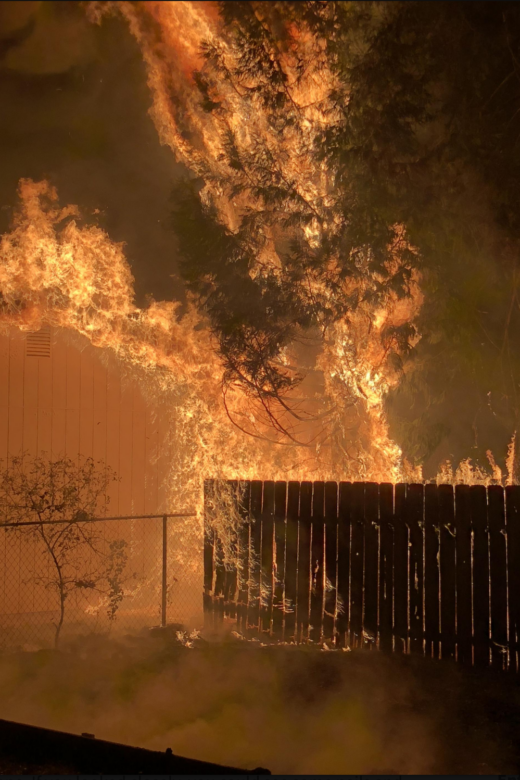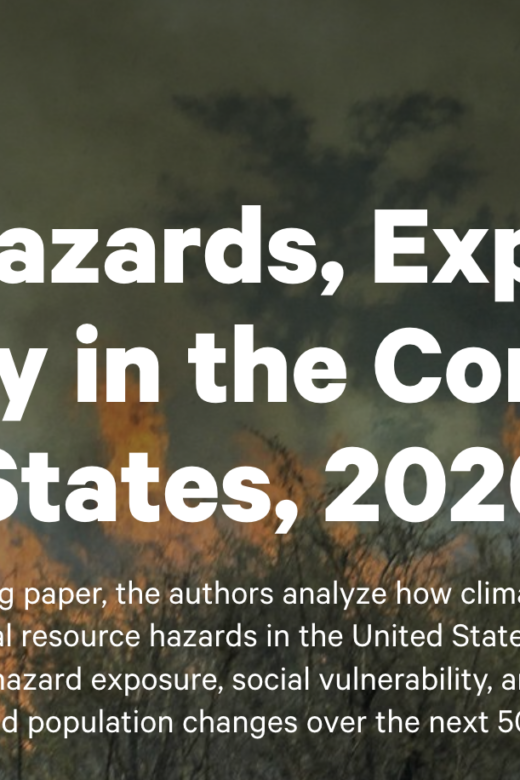PHYS.ORG | FEBRUARY 3, 2025 Post-fire tree planting significantly accelerates forest recovery in burned areas, increasing …
NIST Study Finds Wildfire Hazards in Residential Fences and Mulch Beds
In a series of fire experiments, National Institute of Standards and Technology researchers explored how fences and mulch beds …
Continue Reading about NIST Study Finds Wildfire Hazards in Residential Fences and Mulch Beds
Stand composition and development stage affect fuel characteristics of quaking aspen forests in Utah, USA
Learn more about the quaking aspen and it's relationship with fire. Aspen stands have previously been described as having low …
Changing Hazards, Exposure, and Vulnerability in the Conterminous United States, 2020–2070
The working paper “Changing Hazards, Exposure and Vulnerability in the Conterminous United States, 2020–2070” from Resources for …
Field plot measurements from the 2017-2020 FASMEE Rx fires
Vegetation characteristics measured before (pre-fire) and after (post-fire) a series of prescribed fires, from 2017 to 2020, on …
Continue Reading about Field plot measurements from the 2017-2020 FASMEE Rx fires
Leveraging local habitat suitability models to enhance restoration benefits for species of conservation concern
Restoring habitats with limited resources is challenging, but this study offers a data-driven approach to maximize impact. Using …
Edge Effects Along Roadside Fuel Treatments in Sagebrush Steppe
The construction of fuel breaks is a common strategy for suppressing wildfires in rangelands, but it can also increase the number …
Continue Reading about Edge Effects Along Roadside Fuel Treatments in Sagebrush Steppe
Evaluating the Development and Application of Stand Density Index for the Management of Complex and Adaptive Forests
This review examines the evolution of Stand Density Index (SDI) as a key metric for assessing forest stand density and predicting …



